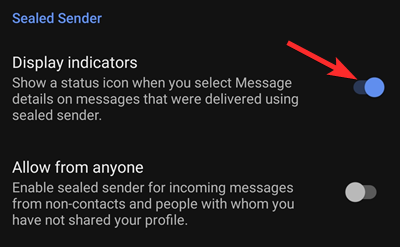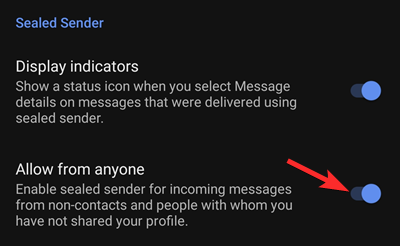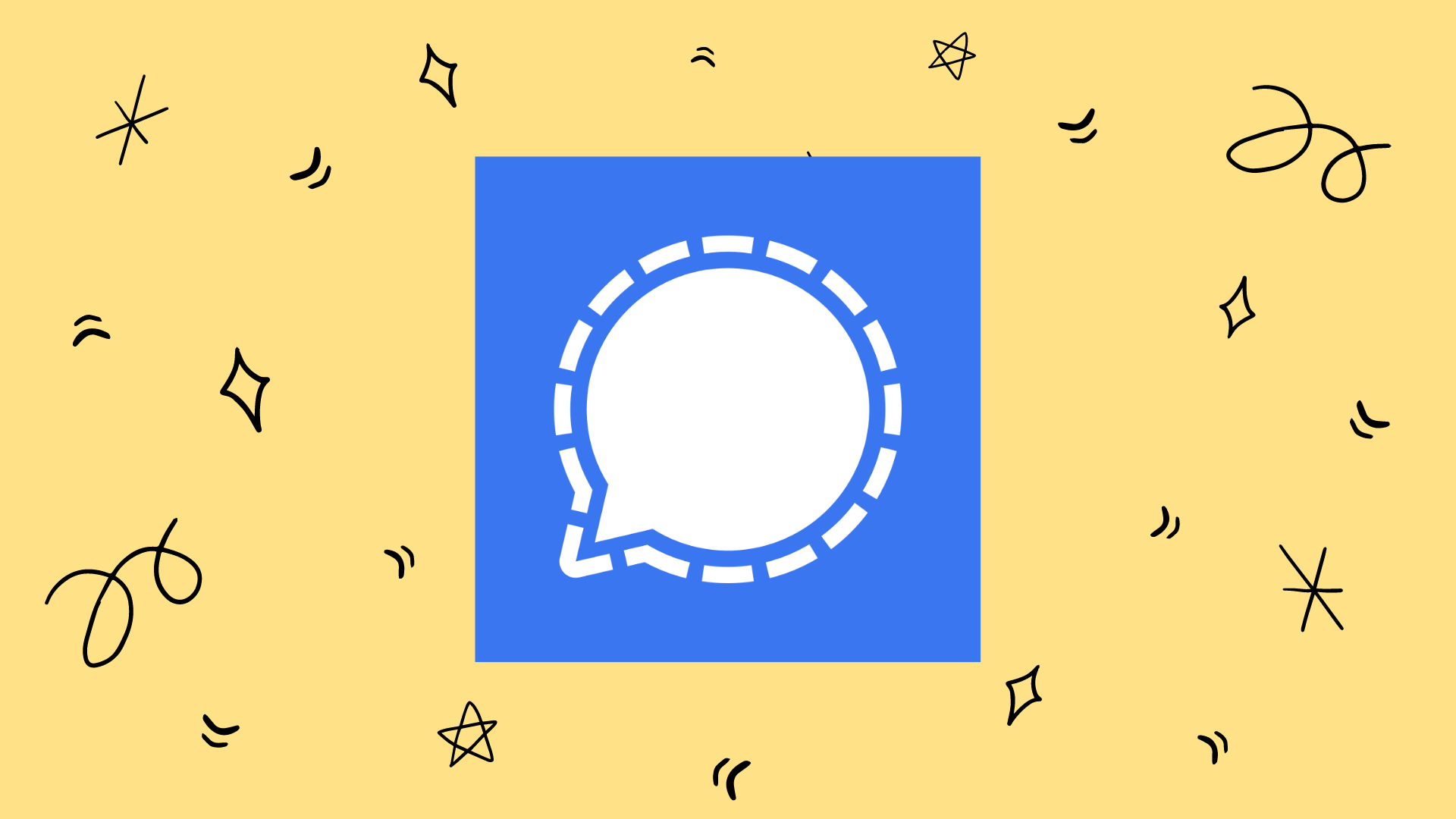With the advent of apps like Signal and Telegram and users steadily making the switch to these private messaging apps, the polarity of perspectives has become more apparent now than ever before. On the one hand, apps like WhatsApp are audaciously meting out privacy agreements to strong-arm their user base for continued use; while on the other hand apps like Signal and Telegram are embracing the need for privacy and encryption now more strongly than ever before.
This intent also reflects deeply in their actions, whether it is Telegram’s funding methods or Signal’s encryption features. In this article, we’re going to delve into one such feature of Signal’s that definitely gives it an edge over every other app in the market: Sealed Sender.
The issue of privacy in messaging apps
Before we proceed to explain the ‘Sealed Sender’ feature, it’s important to have a basic understanding of the technicalities of how a messaging app works.
With any messaging app, there are two very crucial pieces of data that travel from one point to another. First is the contents of the message itself which contains the private conversation between the sender and the receiver. The second is the metadata required by the app which contains the location of the sender, the sender’s details, and other special information. The first piece of data tends to be private, with end-to-end encryption so that the messaging app does not invade your private information.
It is the metadata that messaging apps consider fair game, using this information for ad targeting and selling it to data companies to generate revenue. This is how profits are made and messaging apps acquire value over time. The greater the number of users, the higher the quantity of this kind of data available to them. In these cases, the infamous adage really does apply, if it’s free, then you are indeed the product. So your metadata is a precious commodity that requires protection.
What is the sealed sender feature?
Signal is super intent on establishing itself as a pioneer in terms of maintaining user privacy and protecting user data at any cost. Since this app is not driven by profit and is deeply concerned with maintaining and protecting user privacy, it’s introducing features that will help it to maintain its ethos successfully. One of them is the Sealed Sender feature.
This feature will reduce the information that is mandatorily made available to any messaging app or service. This includes the information in the metadata like the sender’s name, user location, profile information, etc.
Like a sealed envelope, the feature conceals the information of the sender like their name and location in an encrypted package that will not be stored in the app’s server. The server will only know whom the message must be sent to and the message can only be sent if the sender has the delivery token/identifier of the receiver i.e the person must be a verified contact number or Signal profile.
How does Sealed Sender work on Signal?
In the face of it all, you will not notice any difference in the way you’re sending and receiving messages on Signal. In fact, Sealed Sender is automatically enabled between yourself and another user as long as you have shared your Signal profile with them and vice versa. So there is no setting that needs to be changed to activate Sealed Sender. There are, however, two options within the Sealed Sender settings that you can activate to monitor whether the feature is functional.
The first is Display indicators. Enabling this feature will allow you to check whether a message has been sent via the Sealed Sender feature. You can enable it from the Privacy menu of the Signal App. It will be available in the Sealed Sender section of the Privacy menu.

Once this feature is enabled, you will see this envelope icon next to the name of the contact to whom you have sent the message. Keep in mind that this icon will only appear in the information of the messages that you have sent. The messages that you have received from others will appear normally, without the Sealed Sender icon.

If you are comfortable with receiving sealed messages from people who are not on your contact list (ad companies, businesses), then you can also enable the Allow from anyone option.

By doing so, users outside your contact list will be able to send you messages via the Sealed Sender feature. Signal will not store any information regarding the who and when of these interactions.
Should you enable Sealed Sending on Signal?
Well, the Sealed Sending feature is enabled automatically for users who have shared their Signal profile with each other. You can also choose to specifically enable the Sealed Sender feature for contacts that are outside your profile by enabling the Allow from anyone option as we showed above. At the end of the day, it’s about how much privacy you want and catering to your own sense of security. So while some of you may consider this feature overkill, others may think it’s absolutely necessary. Either way, Signal is a reliable and secure app so you don’t have to worry.
The only disclaimer we would like to add is to remain wary of the Allow from anyone option. In cases like these, it is better for a third party like Signal to keep a record of the who and when in an interaction between yourself and an unknown person. Of course, if you don’t want Signal to keep track of who is sending you a message outside your contact list, then it’s better to disable this aspect of Sealed Sender. Just keep in mind that accountability becomes crucial when anonymity is involved.
We hope you found this article helpful. Do let us know in the comments what you think about the Sealed Sender feature and if you require any additional clarity regarding this interesting feature. Take care and stay safe.












Discussion